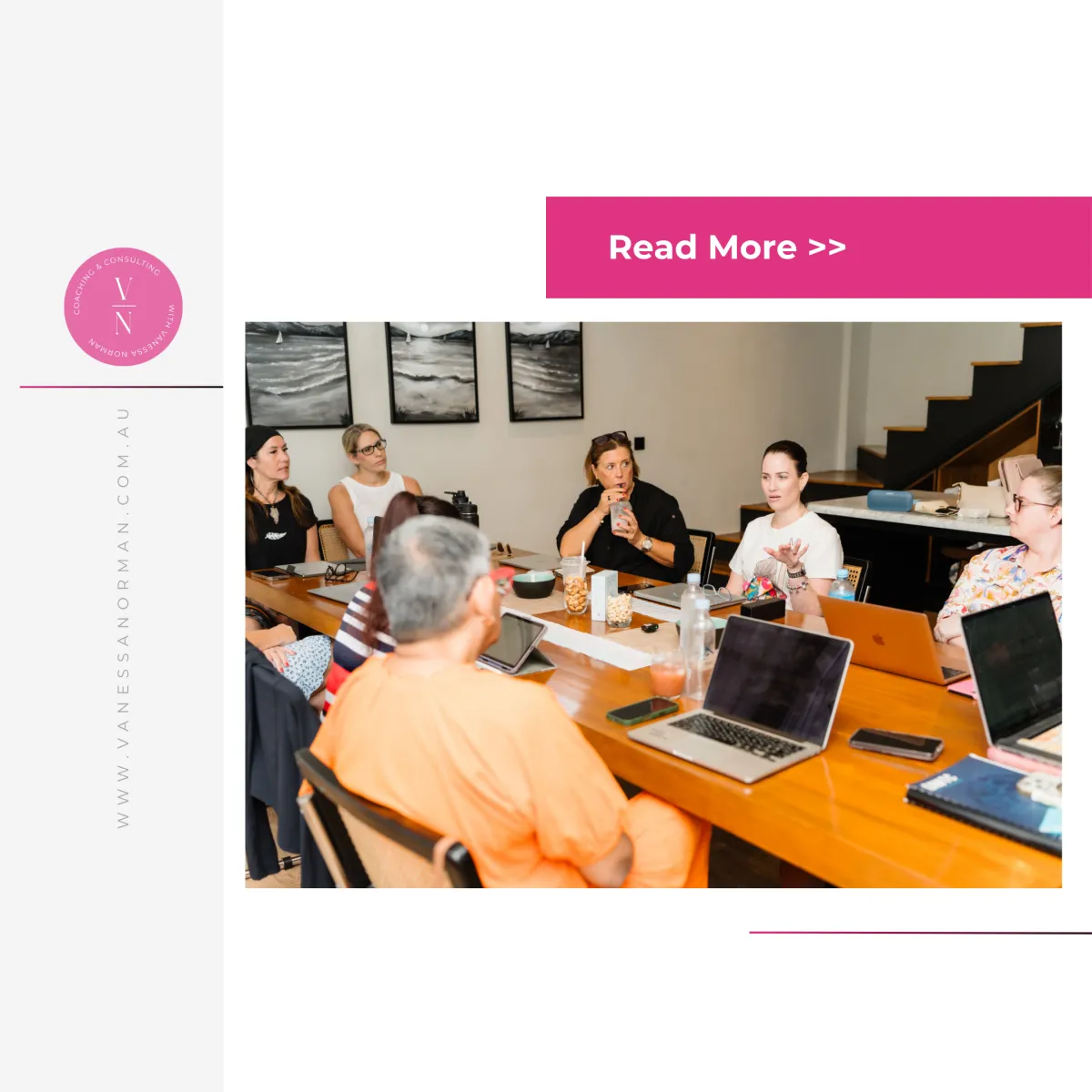
When Clients Are Pulled Away: What to Do if Your Business is Impacted by Eligibility or Support List Changes
One of the hardest realities of working in the NDIS space is that the rules are always shifting.
Eligibility criteria changes. Support lists get updated. Programs like Thriving Kids are introduced. And suddenly, the clients you thought would be with you for years are no longer eligible.
For providers, this can feel like the rug being pulled out from under you. Families are upset. Revenue drops. Plans you built around a certain caseload no longer make sense.
So, what do you do when the government moves the goalposts and your business takes the hit?
Why This Happens
The NDIS is under constant pressure to remain financially sustainable. With costs growing faster than expected, governments look for ways to slow the scheme’s expansion.
That often means:
Tighter eligibility criteria
Moving some supports off the NDIS list
Diverting clients into community or state based services
Requiring more evidence for certain diagnoses
None of this is personal. But if your business model is overly reliant on one group of participants or one type of support, you will feel these changes more than others.
The Risk of Over Reliance
If your caseload is made up almost entirely of one cohort say, young children with developmental delay, or participants with psychosocial disability. your business is vulnerable.
Because if policy shifts in that area, your revenue can take a sudden hit.
The same applies if you rely too heavily on one type of support, such as therapy assistants or capacity building. If that support type is restricted or removed, your whole model wobbles.
How to Respond When Eligibility or Supports Change
1. Communicate Early and Clearly
Families will often hear changes through the media before they hear them from their provider. Do not wait for panic to set in. Reach out proactively. Explain what the change means, what the options are, and what support you can still offer.
2. Diversify Your Services
Do not put all your eggs in one basket. If you have focused only on one service line, start exploring complementary services. For example:
If you mainly support children, consider adding programs for teens or young adults.
If you focus on community access, look at skill building or supported employment pathways.
3. Build Referral Partnerships
When eligibility changes, families often need to access community or health services outside the NDIS. If you can connect them with those resources, you remain valuable even if you are not delivering the funded support anymore.
4. Revisit Your Pricing and Margins
When you lose clients, the temptation is to chase new ones quickly. But first, check your financial model. Are you charging appropriately? Are your margins healthy? Do you need to streamline your costs to remain stable?
5. Strengthen Non NDIS Income Streams
The NDIS is not the only way to deliver services. Consider private pay options, school partnerships, group programs, or wellness services that sit outside the scheme.
Turning Challenge Into Opportunity
Yes, losing clients is painful. But it can also be a catalyst for growth.
When providers are forced to rethink their model, they often discover opportunities they had been ignoring.
For example:
A therapy provider who lost early childhood clients expanded into supporting adolescents with transition planning and actually increased revenue.
A community participation provider who relied on group outings created skill building workshops for self funded clients, opening a whole new market.
Adaptation is not just about survival. It is about evolution.
Building Resilience Into Your Business Model
To protect yourself from future eligibility or support list changes, ask yourself:
Do I serve more than one client cohort?
Do I deliver more than one type of service?
Do I have referral relationships that keep me connected even if funding rules shift?
Could my business survive if I lost 20 percent of my clients tomorrow?
If the answer to any of these is no, now is the time to take action.
What This Means for Participants
We cannot forget the human impact. For participants and families, these changes can feel devastating. They may worry about losing therapy, supports, or stability.
Your role is to be the calm, informed guide. Even if you cannot continue providing the same service, you can still support them through the transition. That might mean:
Helping them understand their new options
Referring them to foundational supports or community services
Offering private or group programs that fill the gap
Sometimes the most powerful thing you can give a family is clarity.
When eligibility or support list changes hit, it can feel like the ground has shifted under your feet. But it does not have to mean the end of your business.
If you diversify your services, communicate with families, and build resilience into your model, you can withstand the changes and even grow stronger because of them.
The NDIS will continue to evolve. The question is whether your business will evolve with it.
Want Tools to Build a Resilient Business?
I have created a library of free resources designed to help NDIS business owners adapt, grow and protect their revenue in a changing sector.
👉 Access them here: https://vanessanorman.com.au/resources
Because in the NDIS world, change is guaranteed. Resilience is optional. Choose resilience.
